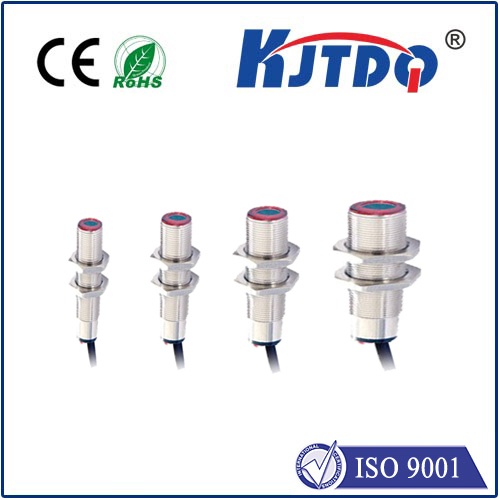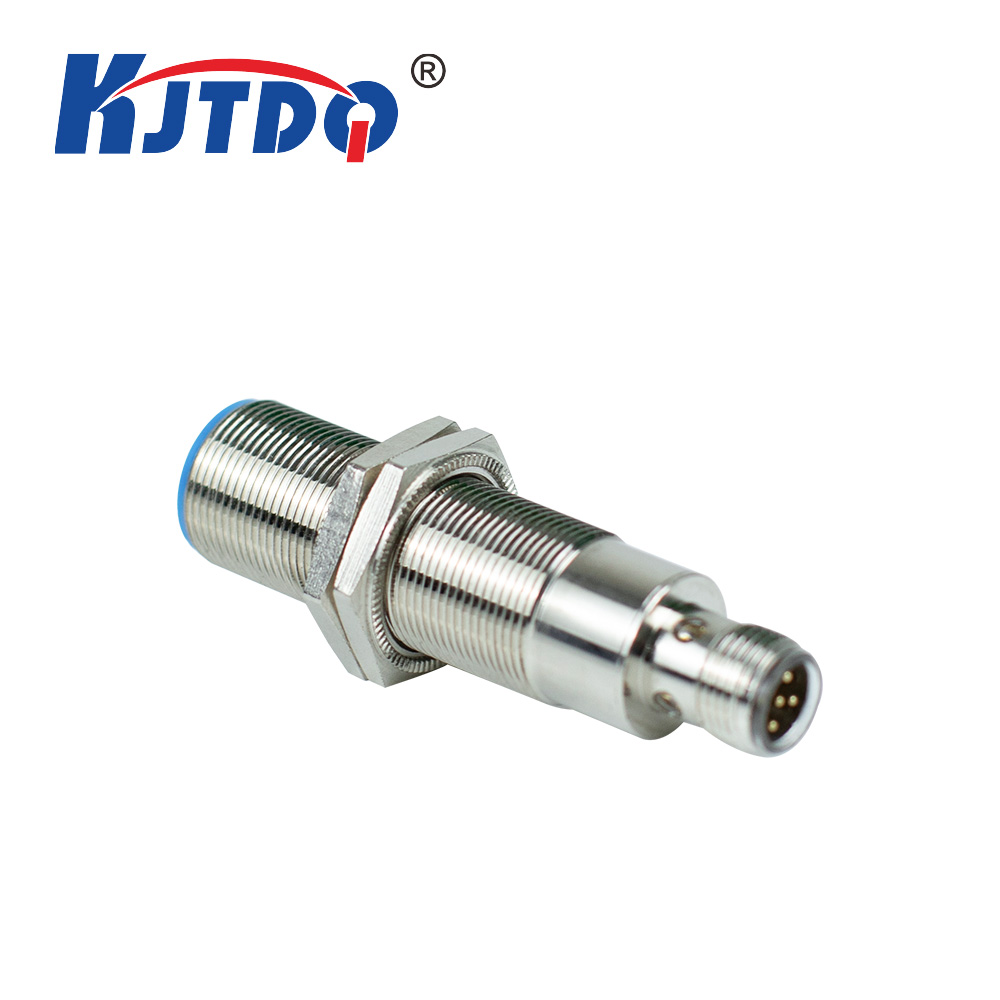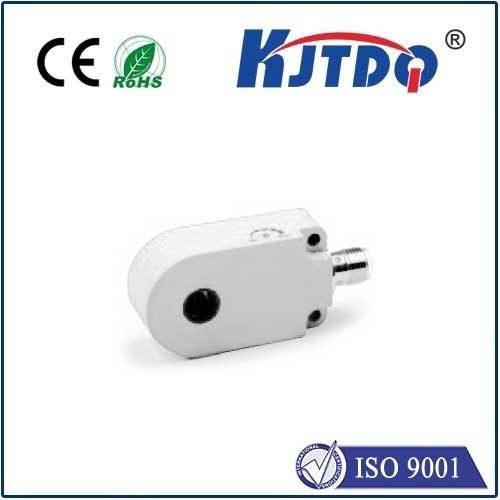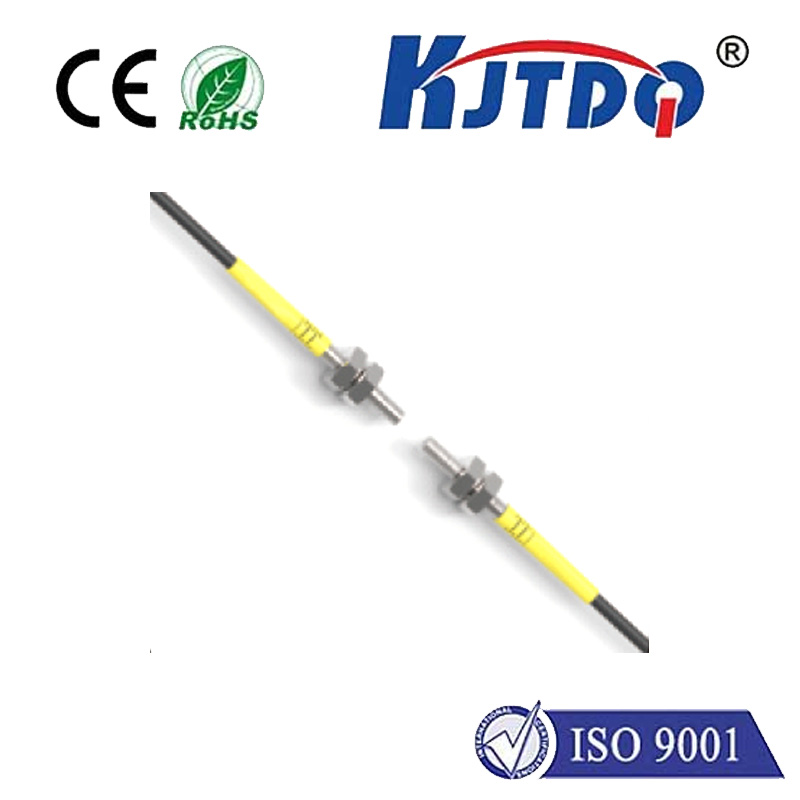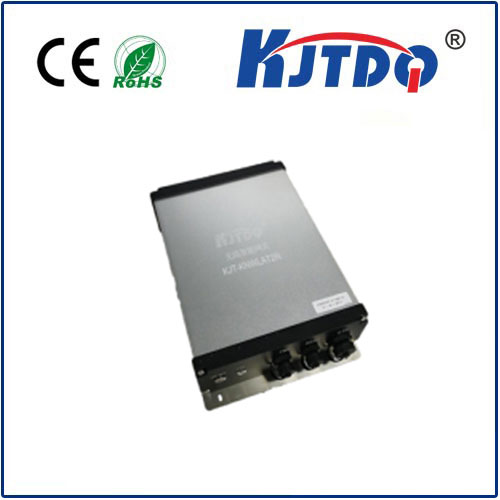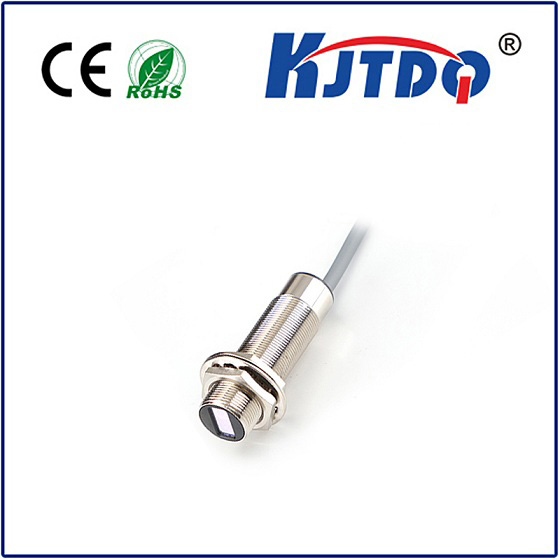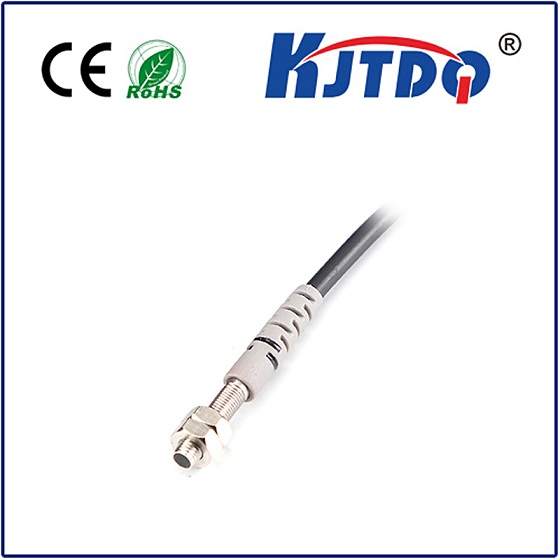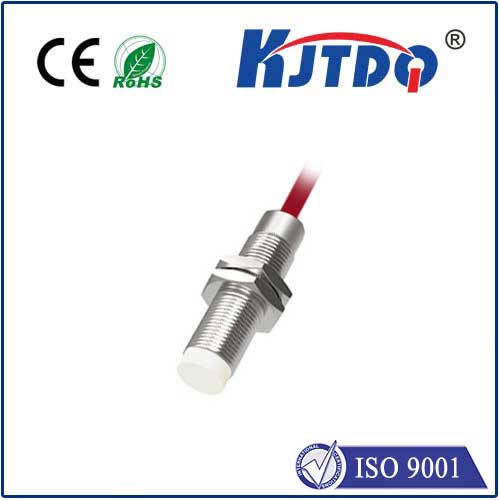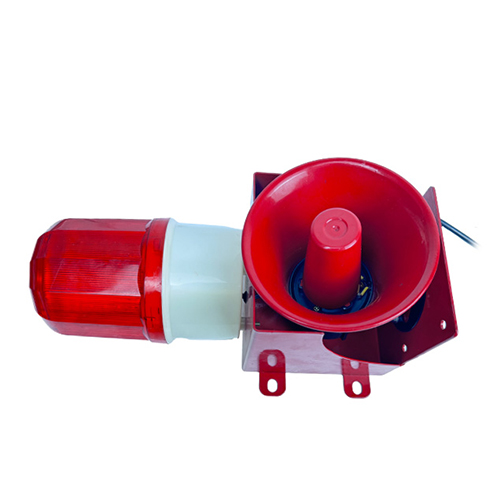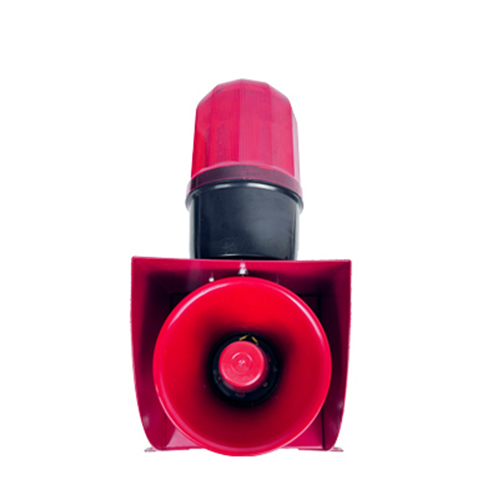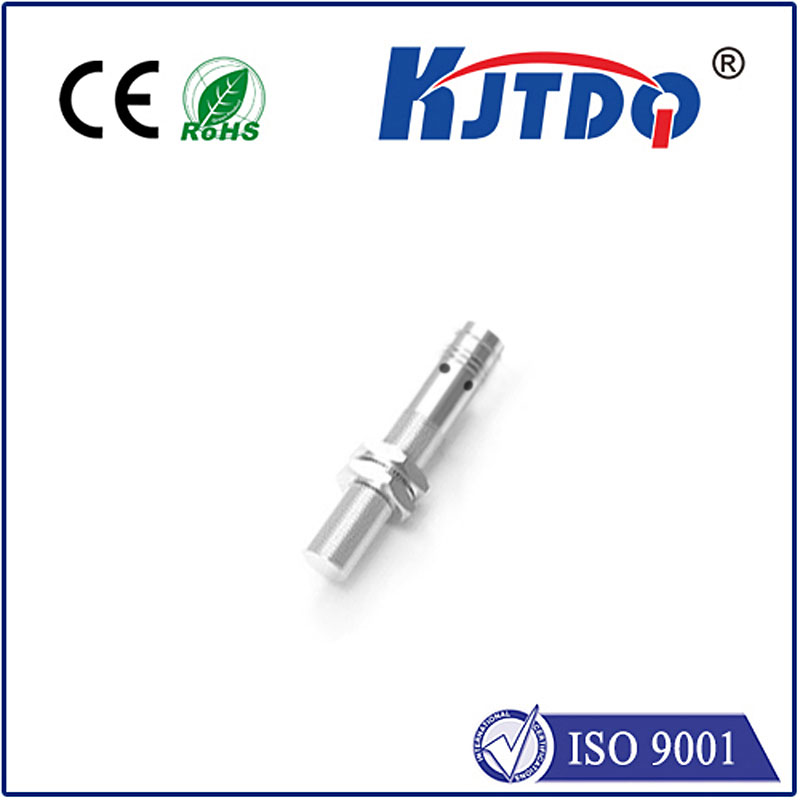Функция датчика приближения
- time:2025-06-23 16:45:29
- Нажмите:0
Demystifying Proximity Sensors: Understanding Their Core Functions and Applications
Imagine your smartphone screen automatically dimming when you hold it to your ear, or a factory conveyor belt stopping instantly as a worker gets too close. These seamless interactions are powered by a remarkable yet often invisible technology: the proximity sensor. But how exactly do they work, and why are they termed “non-contact” detectors? This article dives deep into the essential proximity sensor function, exploring their fundamental principles, diverse types, and the critical roles they play across countless modern devices and systems.
At its core, a proximity sensor detects the presence or absence of an object within a specific range without requiring any physical contact. This non-contact detection capability is its defining characteristic and primary advantage. The key function of a proximity sensor is to sense the approach or departure of a target object within its sensing field and convert that detection event into an electrical signal usable by other components, such as controllers, alarms, or user interfaces.

So, how does a proximity sensor achieve this seemingly magical feat? The underlying principle depends heavily on the sensor’s type, utilizing different physical phenomena:
- Inductive Sensors: These are workhorses in industrial automation. They generate an oscillating electromagnetic field. When a metallic object enters this field, it induces small electrical currents (eddy currents) within the metal, disturbing the original field. The sensor detects this disturbance and triggers its output. Their primary function is reliably detecting ferrous and non-ferrous metals.
- Capacitive Sensors: These generate an electrostatic field. All objects have capacitance, and when any object (metal, plastic, wood, liquid, or even a human body) enters the sensor’s field, it alters the capacitance between the sensor’s electrodes. The sensor detects this change, making it versatile for detecting non-metallic targets or materials through certain barriers.
- Photoelectric Sensors (Proximity Mode): These use light (often infrared) emitted by a transmitter. Operating in a specific “proximity mode” (diffuse reflective), they detect when an object is close enough to reflect the emitted light beam back to the receiver within the sensor housing. The core proximity sensor function here relies on the intensity of the reflected light exceeding a threshold.
- Ultrasonic Sensors: These emit high-frequency sound waves and measure the time it takes for an echo to return after bouncing off a target object. While often used for distance measurement (ranging), they effectively function as proximity sensors by detecting any object within a predefined distance range based on the echo’s presence and time-of-flight.
- Magnetic Sensors (Reed Switches/Hall Effect): Primarily designed to detect the presence of a magnetic field. They are frequently paired with small permanent magnets mounted on moving objects. When the magnet moves close enough to the sensor, it triggers the output. A common function is detecting the open/closed state of doors or windows.
The versatility in sensing principle translates directly into a vast array of applications where the proximity sensor’s core function provides critical benefits:
- Safety: Creating safety zones around hazardous machinery. If a person or object breaks the sensor’s detection field, it triggers an emergency stop (E-stop).
- Object Detection & Counting: Detecting objects on conveyor lines, verifying part presence in assemblies, counting items passing a point.
- Position Sensing: Confirming the end position of cylinders or actuators, detecting rotational position.
- Touchless Control: Enabling features like automatic faucets, soap dispensers, touchless light switches, and the smartphone screen dimming mentioned earlier.
- Anti-Collision: Used in vehicles for parking assistance, blind-spot monitoring, and automatic braking systems.
- Presence Detection: Verifying the presence of materials in bins or hoppers, detecting paper jams in printers/copiers, sensing elevator door obstructions.
- Automation Logic: Providing essential input signals to PLCs (Programmable Logic Controllers) and microcontrollers to drive automated sequences (“Part present? Start process.” “Part absent? Stop conveyor.”).
Choosing the right proximity sensor requires careful consideration of the primary function needed and the operating environment:
- Target Material: Metal? Non-metal? Liquid? (Inductive for metals, Capacitive for almost anything, Photoelectric for solid surfaces).
- Sensing Range: How close does the object need to be?
- Environment: Harsh industrial conditions (requiring rugged sensors like Inductive), presence of dust/mist/water (Ultrasonic or specific Photoelectric variants), extreme temperatures, washdown areas.
- Output Type: Digital On/Off signal (most common for proximity detection), analog signal (if distance information proportional to voltage/current is needed).
- Size & Mounting Constraints: Sensor physical dimensions and required installation method.
- Speed: How quickly does the target approach/depart (detection frequency capability)?
Understanding proximity sensor function is not merely technical trivia; it’s fundamental to unlocking efficiency, safety, and intuitive interaction. From the mundane convenience of your phone adapting during a call to the complex, high-stakes world of industrial robotics and collision avoidance in vehicles, these silent sentinels continuously monitor their surroundings. Their core ability to detect presence without contact provides unparalleled reliability in countless scenarios where physical switches fail or where touchless operation is paramount. Whether enabling sophisticated automation, enhancing user experience, or safeguarding personnel, the diverse proximity sensor functions remain indispensable.

